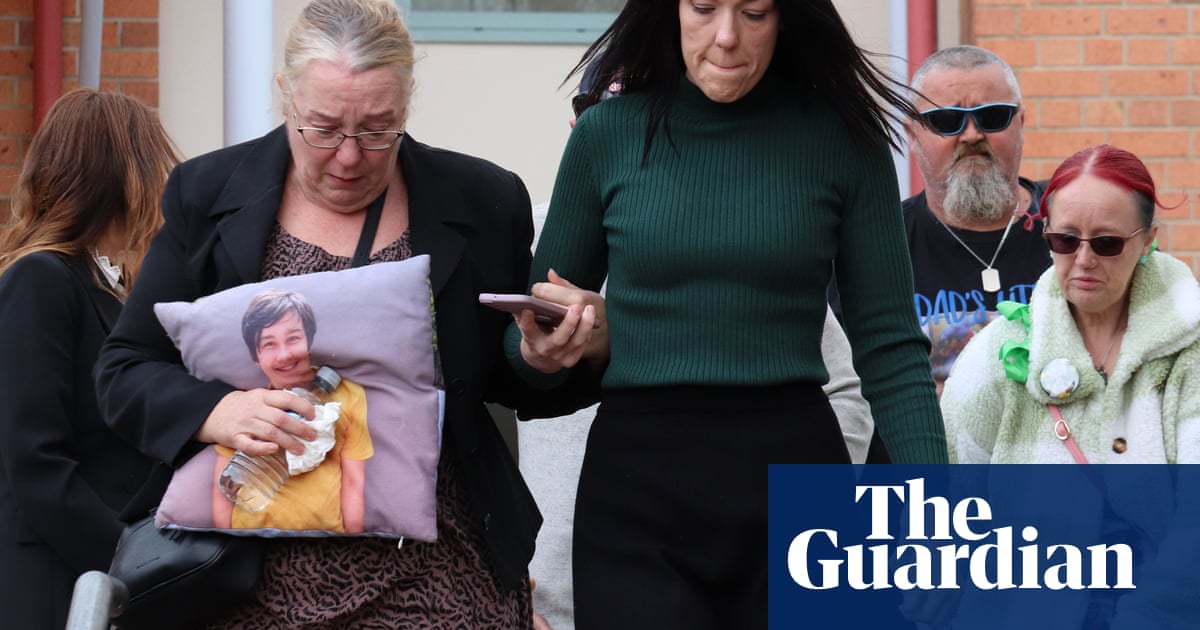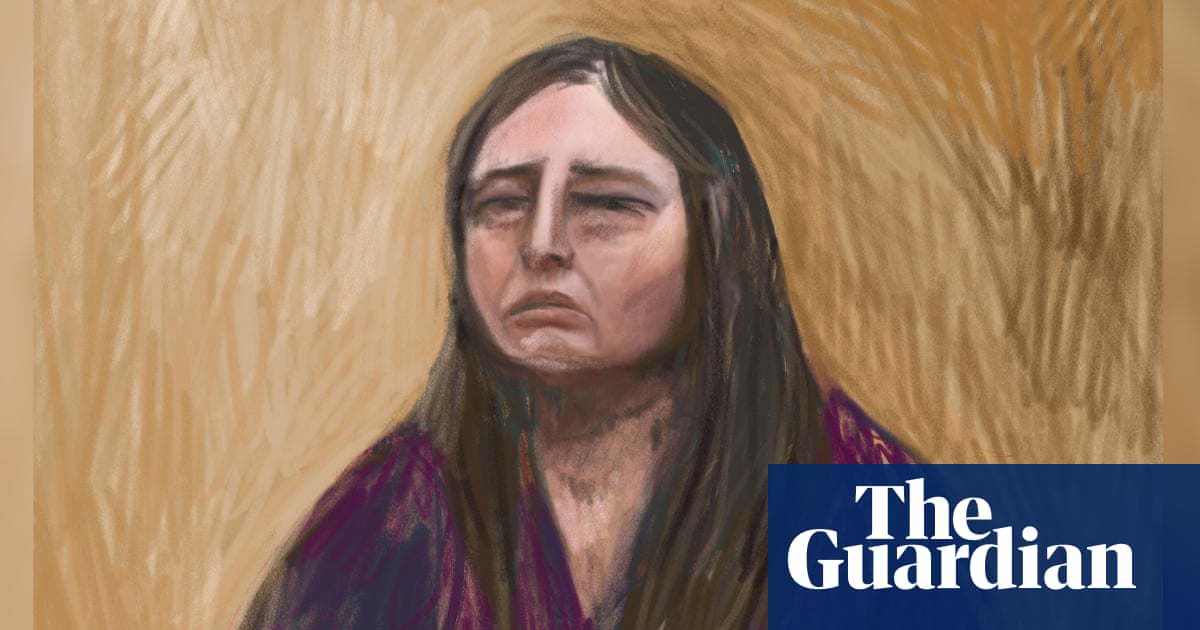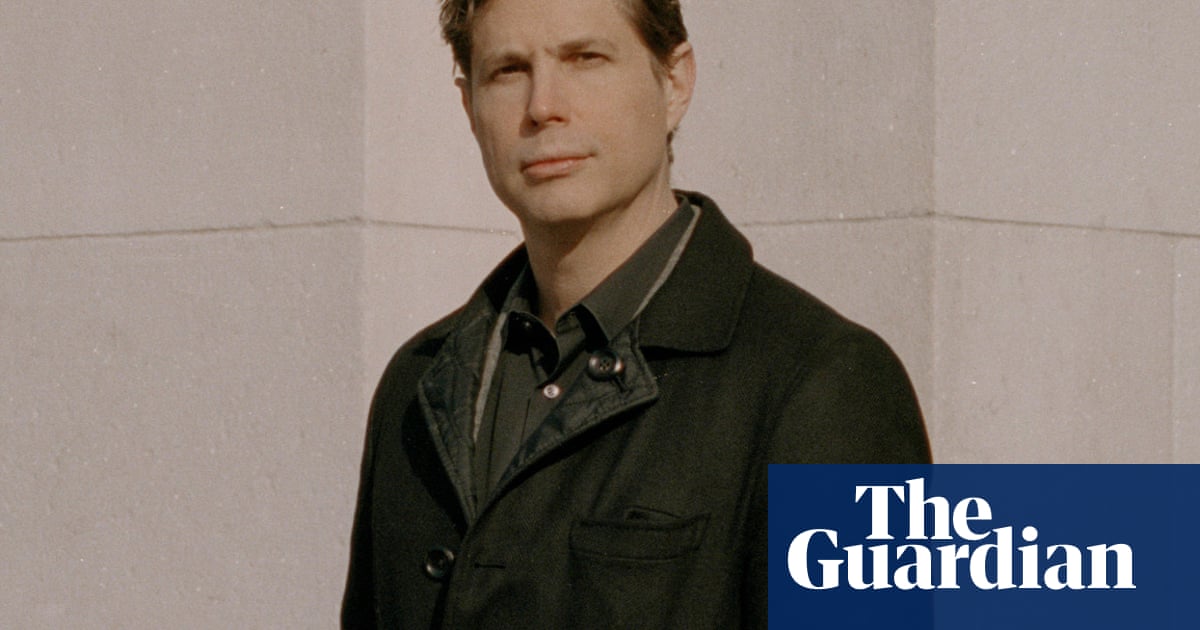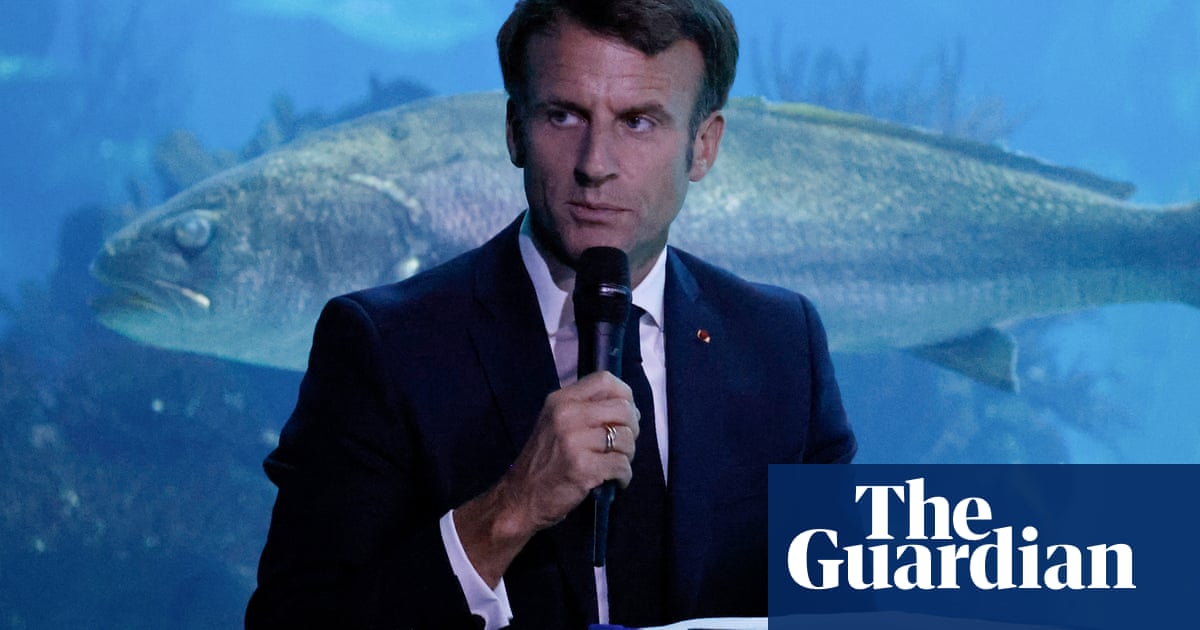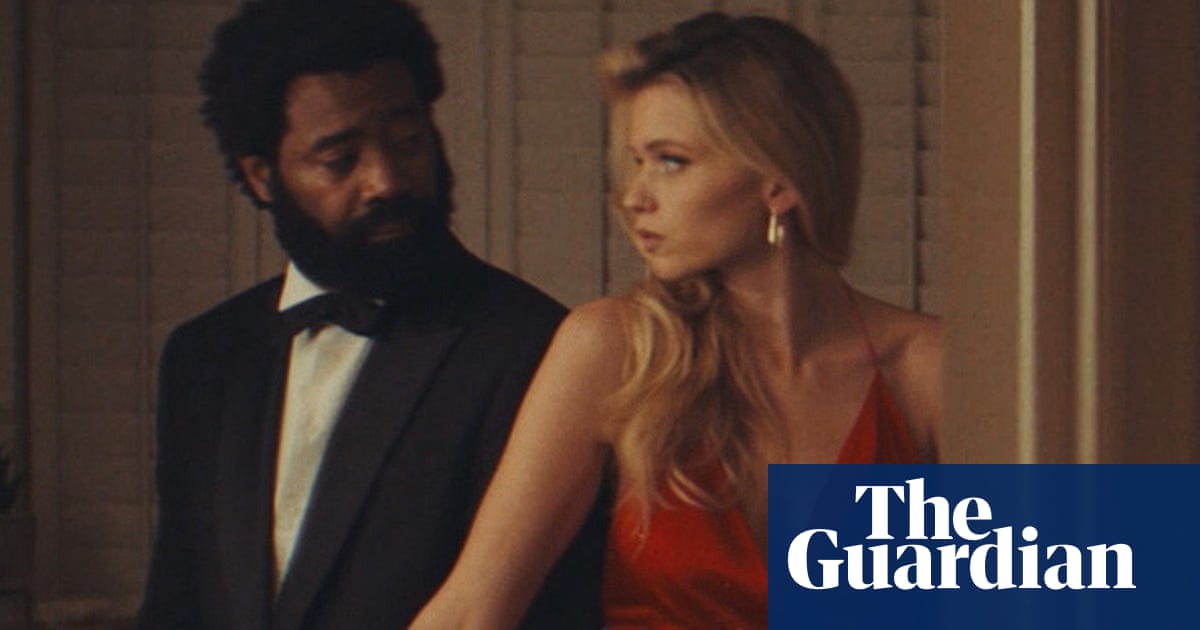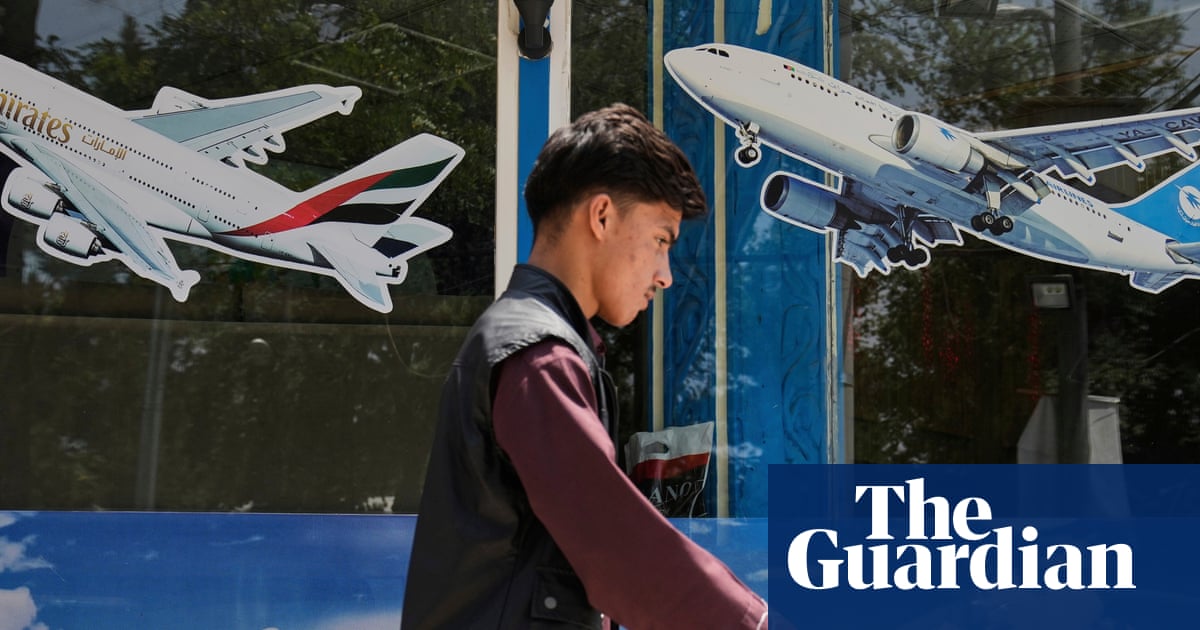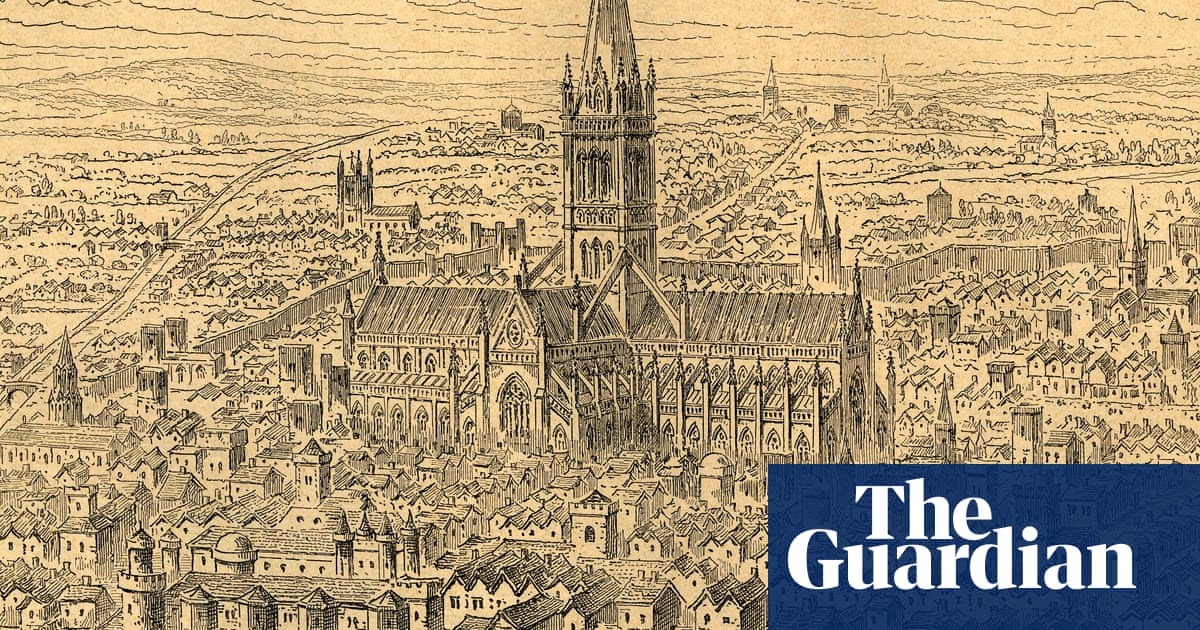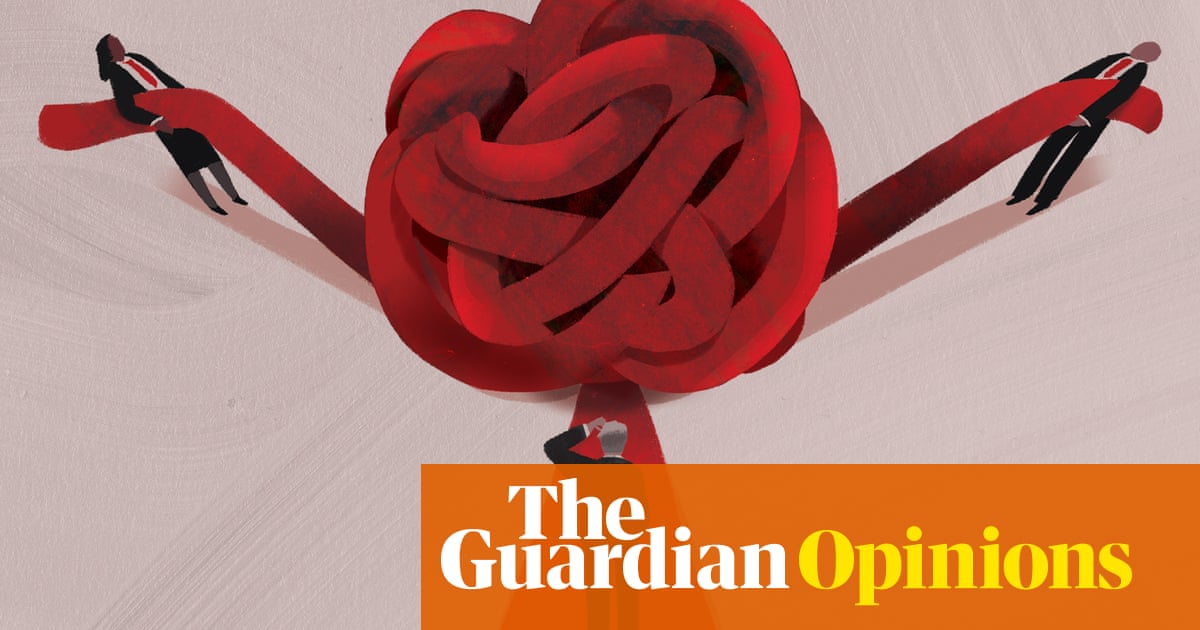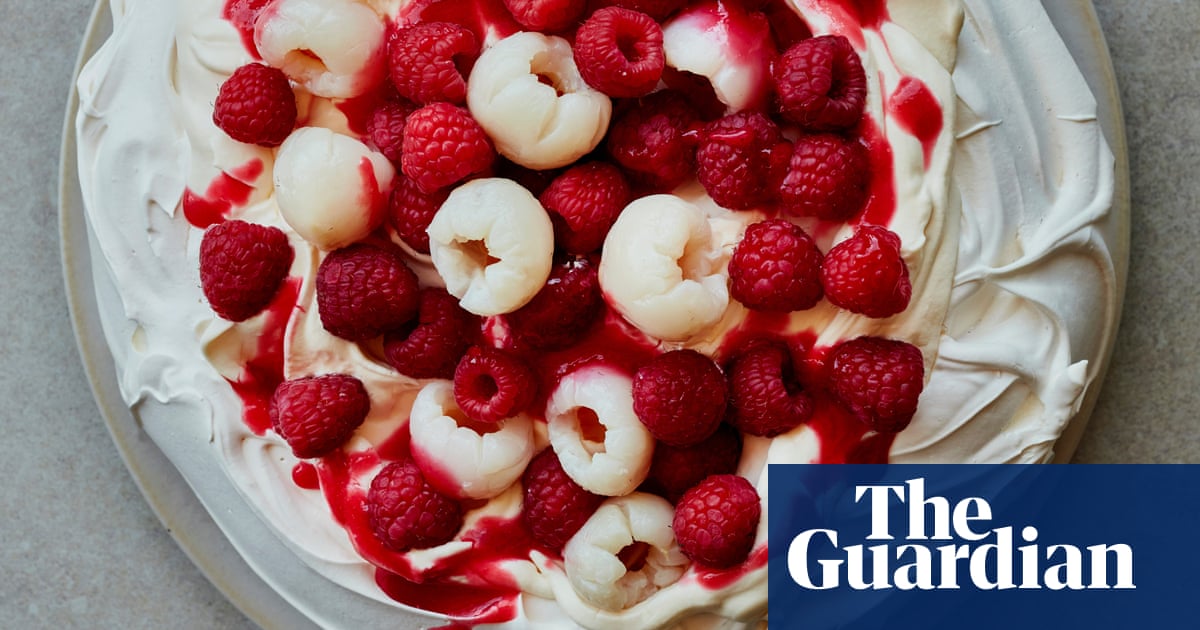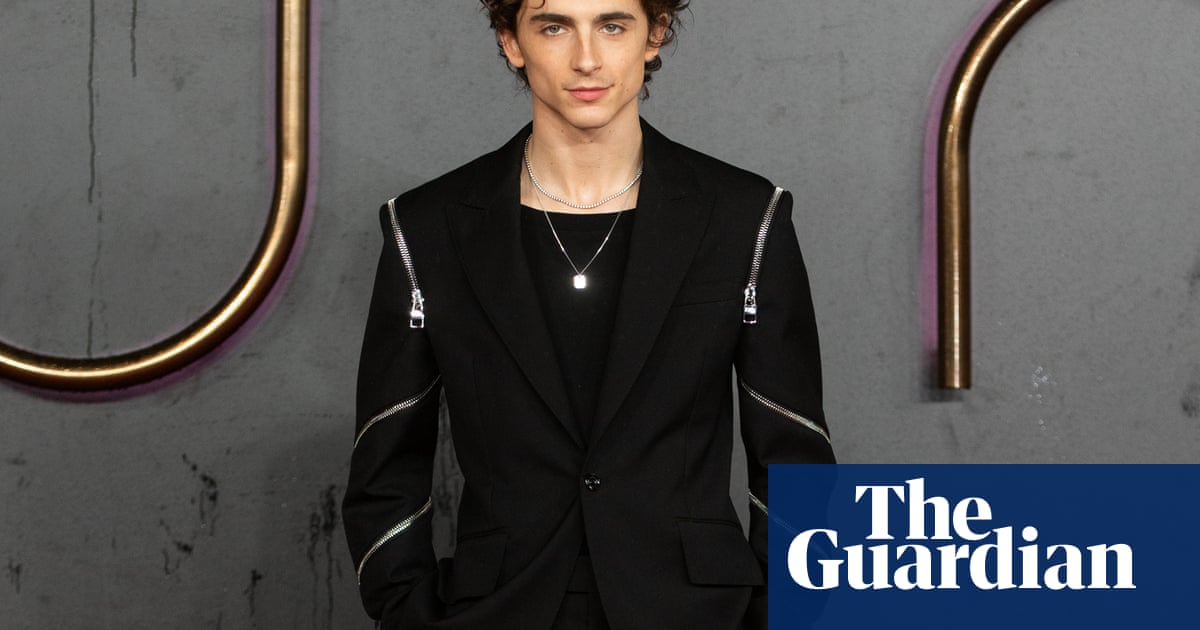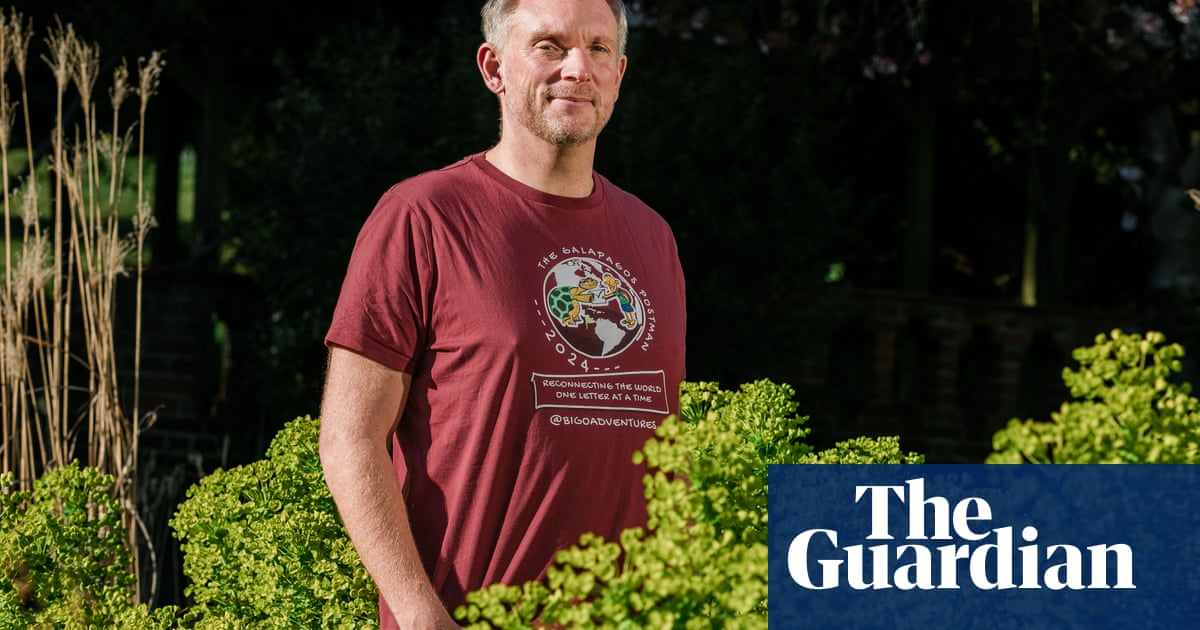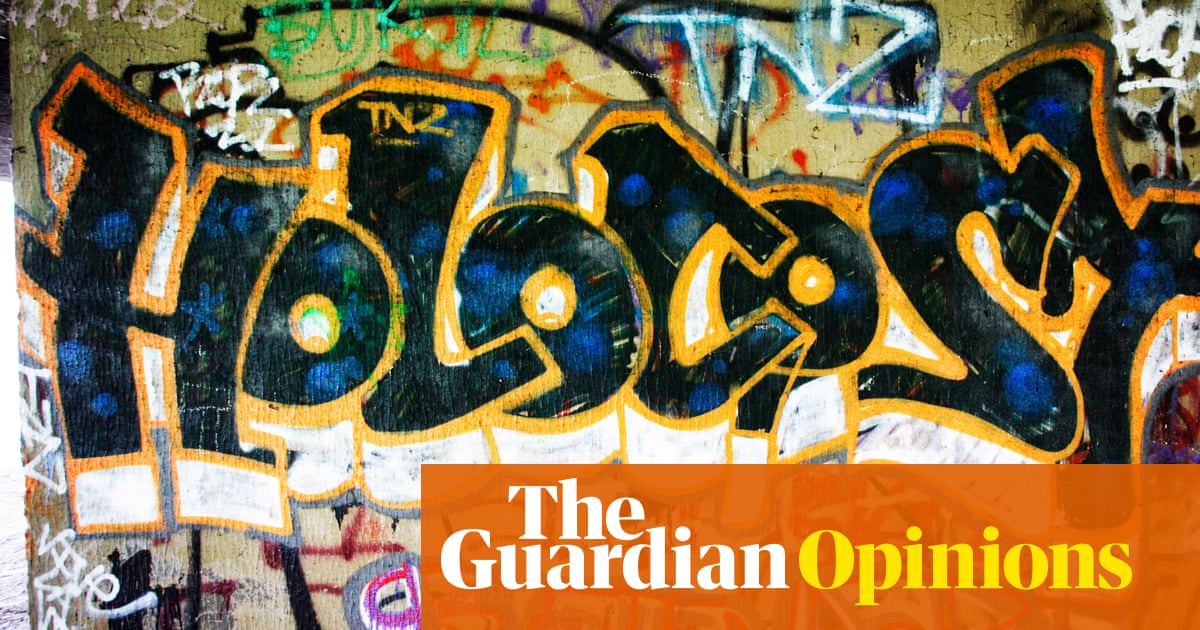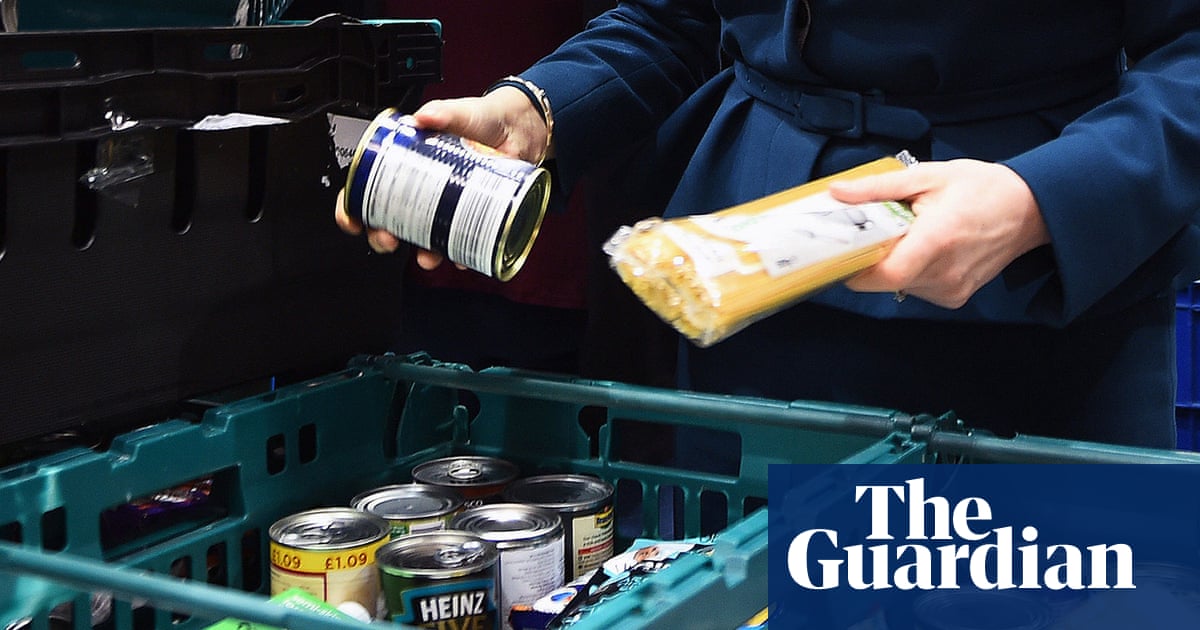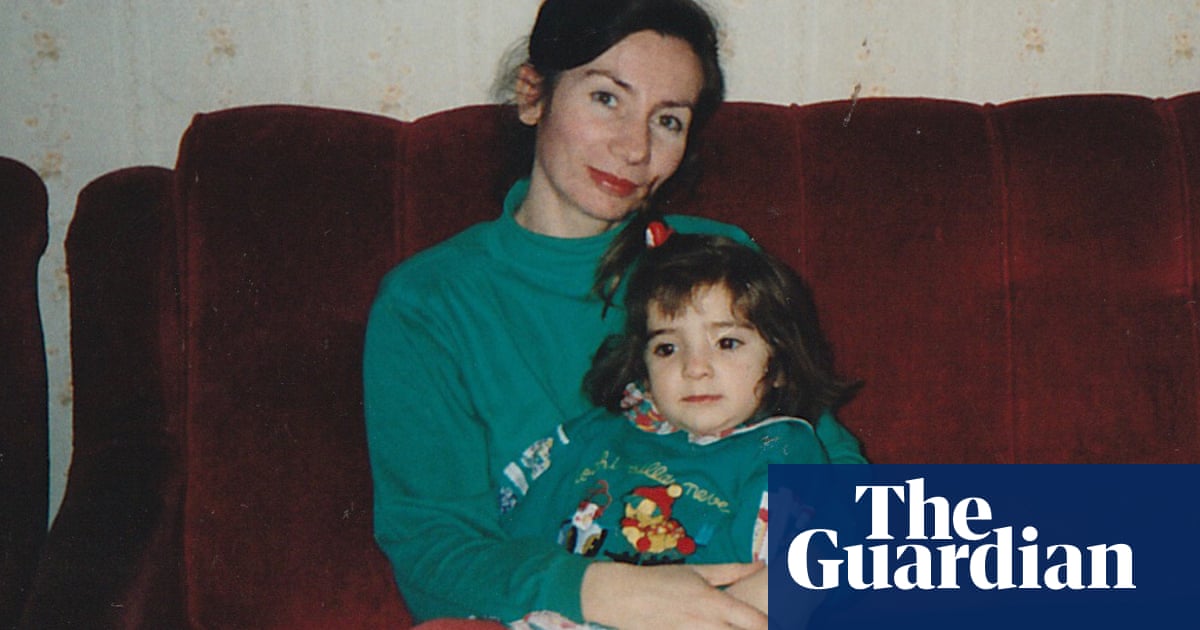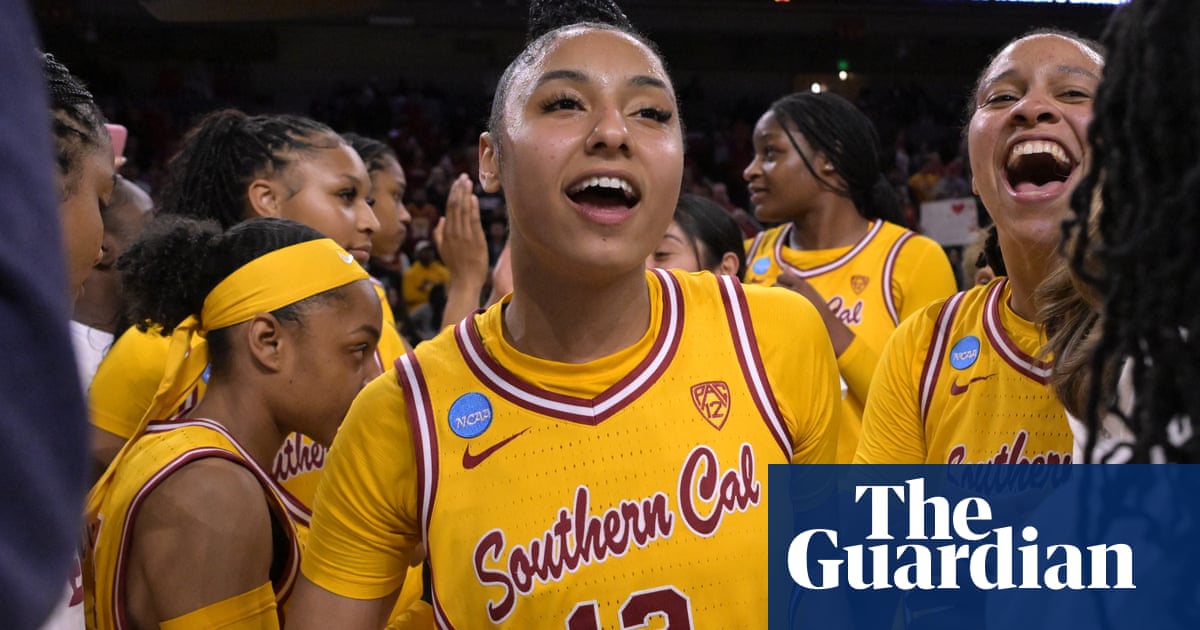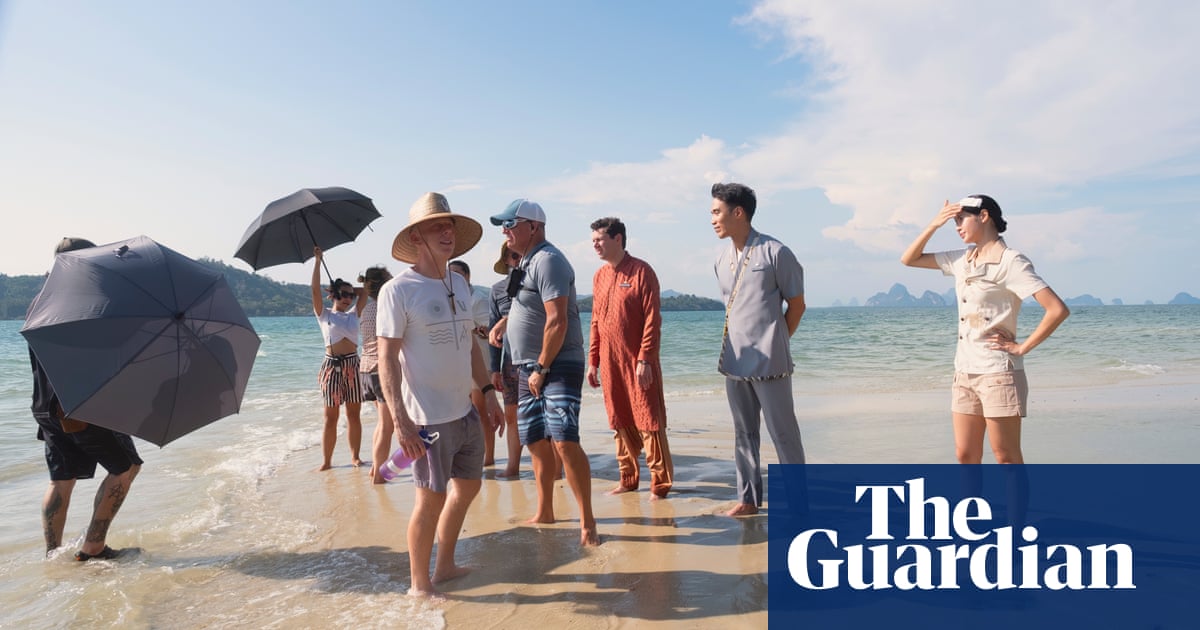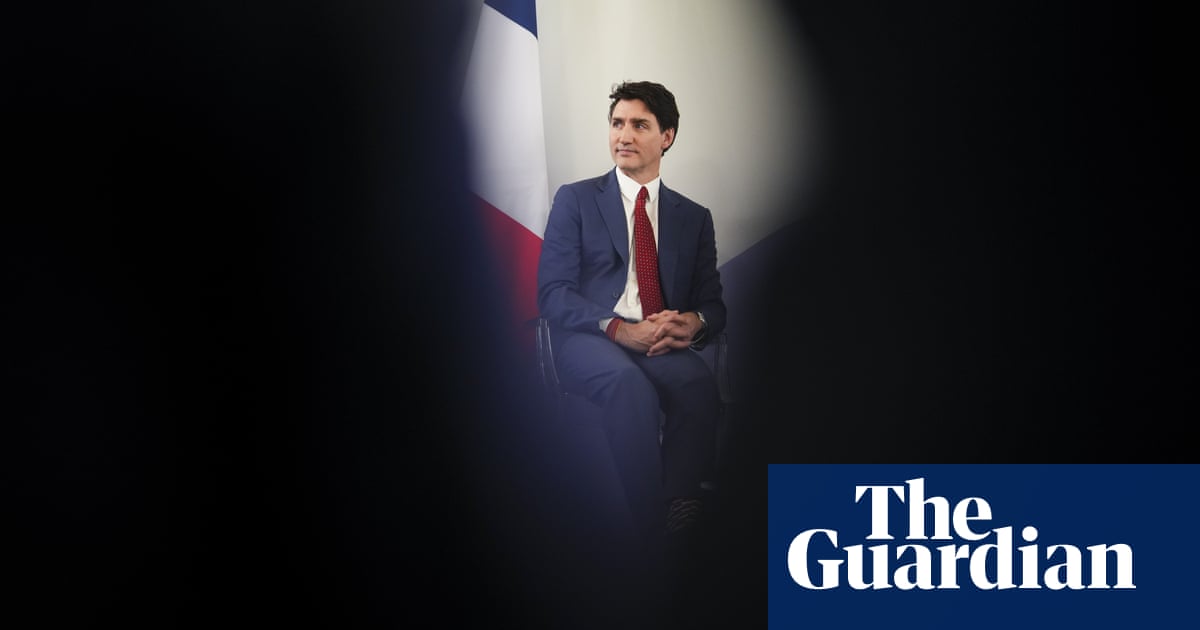It is not an accident that the image here, Another Morning, suggests intimacy; I was in a state of longing for just such intimacy when I made the photograph. Yet the figure was not someone I knew well. She was a guest in a house where I had lived only briefly in West Oakland, California. I’d come to live there after the abrupt collapse of my marriage. I noticed the beautiful light that flowed from a window and touched the sleeper covered only by a white sheet. I captured the moment, and it came to join several photographs I had made over the years of sleeping figures, of my daughter, my sister, my husband sleeping in our hotel room in Merida, Mexico – even sleeping dogs, with limbs entwined. I work towards an idea across a number of images, often over several years.
A goal of mine as a photographer has been to find ways to avoid the intrusive aspects of photography. Rather than going out into the world to capture public events, I came to prefer photographing family and people I knew, close to home, since there I could have a legitimate expectation my subjects might not mind being photographed. A sleeping figure doesn’t pose or become self-conscious. It’s as natural as you can be in front of a camera. But it is an intimate thing to photograph someone when they are sleeping – there is no opportunity to obtain consent. Photographers have great potential for being obnoxious. I am always delighted when an image reads with some of the intimacy of feelings that I wanted them to carry. But I didn’t have a complicated idea when I made this photograph – I was following my objective of recording things that were close to me. I’ve always thought of myself as an autobiographer more than as a reporter.
My attraction to photography began early, visiting exhibitions with my parents as a young girl growing up in Los Angeles. I saw the work of Dorothea Lange, and we visited Edward Steichen’s famous exhibition, The Family of Man – a postwar exhibition based on the notion that wars could be prevented if the whole of humanity felt more like a family. Generally, I was not often out on the streets making pictures in what might be called a “documentary style”; my term “intimate documentary” came about because I needed a phrase that contradicted the supposition that “documentary photographs” are objective and impersonal.
In 1973 – coincidentally, the year of Roe v Wade – I made a work that represented my miscarriage, a piece called Journal 1973. Miscarriage is a subject very rarely represented in art. I showed the work at the San Francisco Art Institute, and it was very well received. Soon after, when I was in New York, I boldly made the decision to show it to curators at MoMA. The reception was rather horrible – one curator slammed the portfolio box closed and said: “Ew!” I was shaken; I thought I might never show it to anyone again, and put it away. The images were only published many years later after a colleague at the University of Michigan encouraged me to publish them in the Michigan Quarterly Review.
I wasn’t much of a feminist in any way I could articulate at the time, but the feminist movement came to me and embraced me – the work I’d made meant a tremendous amount to feminists I met. The feminist movement in those early years was much stronger on the west coast where I was living, than on the east coast. Feminists in the arts gave me a greater understanding of what I was doing.
Under a grant from the National Endowment for the Arts, I joined three other photographers documenting “technology in American lives”. I made photographs of home interiors and appliances as my contribution to our project – representing the world from a female perspective. At the time I made them, I didn’t think many of my home interiors pictures were very interesting – but as the years have gone by they’ve become much appreciated and entered significant collections – including MoMA.
“Best shots” are an idea I associate with photojournalism – the capturing of something newsworthy, and at the same time, done with high skill. The intimacy of Another Morning stands somewhat in contrast to the idea of a best shot – it’s a quiet picture rather than a spectacular image, but it’s what I prefer.
Joanne Leonard’s CV
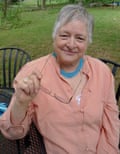
Born: California, 1940.
Trained: BA (1962) from University of California, Berkeley – “I took a few photography classes not long after I graduated.”
Influences: “Dorothea Lange; artists Käthe Kollwitz and Mary Cassatt; my parents, who conveyed a love of art and music, and my twin sister, Eleanor Rubin – also an artist – who continued her work when she had three small children. Many people told me motherhood would make being an artist impossible: Elly gave me confidence I could continue.”
High point: “I was the official photographer to the American Winter Olympics team, 1972; my inclusion in the photo-exhibition and book, Vision and Expression (1969), and later, inclusion of my work in Interiors, at MoMA, 2022.”
Low point: “I once was hired to photograph a wedding but, developing the film, made a mistake that ruined some of what I (of course) thought were among the best photographs.”
Top tip: “I often spent hours preparing fruitless applications for grants that I thought would be validating and financially helpful. I would urge younger photographers to push on as best they can through disappointments. Ultimately, I’ve had plenty of ‘rewards’ though there were certainly daunting moments too.”

 1 day ago
11
1 day ago
11
